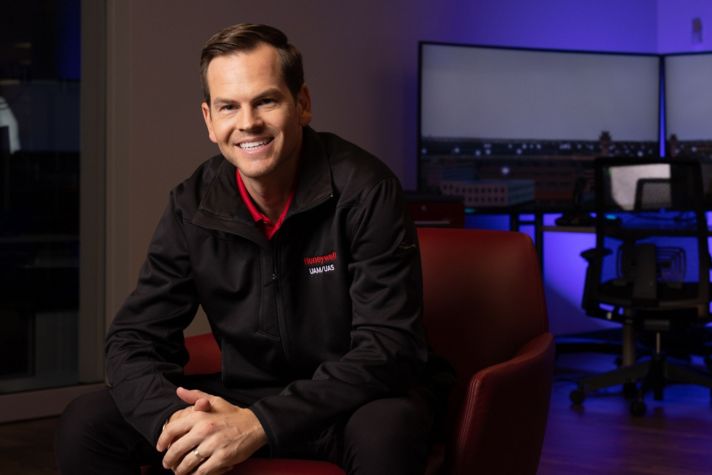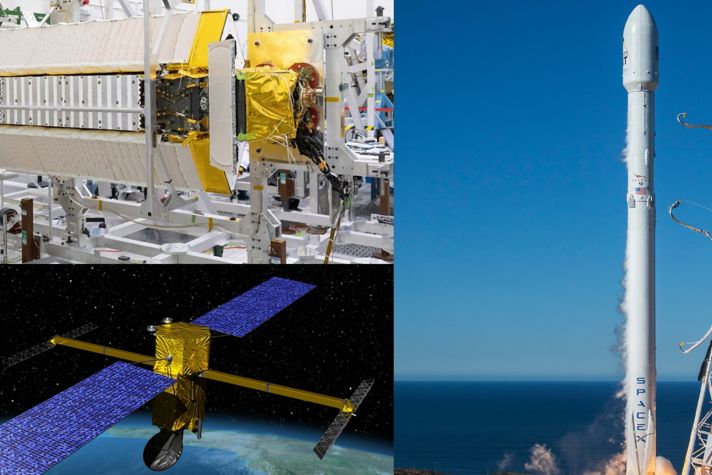-
 Global
Global-
Africa
-
Asia Pacific
-
Europe
-
Latin America
-
Middle East
-
North America
- |
- BUSINESSES
- |
- Contact
- |
-
 Global
Global-
Africa
-
Asia Pacific
-
Europe
-
Latin America
-
Middle East
-
North America
- |
- BUSINESSES
- |
- Contact
- |
You are browsing the product catalog for
- News
- Apollo 11 by the Numbers
Apollo 11 by the Numbers
From 'one small step’ to 650 million viewers, a breakdown of the historic space mission
It has been 50 years since July 20, 1969 when Neil Armstrong and Buzz Aldrin walked on the moon during the Apollo 11 mission. Here are a few key numbers about the mission, according to NASA and Honeywell documents.
650 million – Estimated number of people who watched on television as Neil Armstrong took his historic first steps on the moon.
238,855 miles – The average distance from Earth to the moon.
16,000 Honeywell parts – Went into the 14 separate electronic devices that made up the Stabilization and Control Systems (SCS) on the Apollo 11 mission. In the photo above a flight director attitude indicator underwent final assembly at Honeywell's Aerospace Division in Minneapolis. Photo courtesy of Minnesota Historical Society.
195 hours, 18 minutes, 35 seconds – The length of the mission when Apollo 11 landed in the Pacific Ocean.
192 pounds – Weight of the total Stabilization and Control System, which provided attitude reference, attitude control and thrust direction control, which were used in key maneuvers during descent, ascent and re-docking.
50+ displays, switches and flag warning devices – Made by Honeywell on the Lunar Module used in Apollo 11.
36 stories – The height of the three-stage Saturn V rocket that sent the Apollo spacecraft to the moon and had Honeywell’s analog flight computer on board to analyze engine thrust, wind, gravity and internal vehicle flexing.
12 astronauts – Total walked on the moon during the entire Apollo program.
11 space flights – The Apollo 11 mission was one of 11 total space flights. The first four were tests and six of the final seven (through Apollo 17) landed on the moon.
9 years – The length of time the Apollo program was active, during the program Honeywell's Environmental Control System helped astronauts breathe, provided fresh water, removed waste and kept the cabin temperature comfortable and properly pressurized.
3 crew members – Neil Armstrong, Michael Collins and Edwin “Buzz” Aldrin were on the Apollo 11 mission.
2 scientific experiments – Left on the moon as part of the Apollo Scientific Experiment Package to make long-term studies on the lunar environment and were built and tested by Honeywell’s Bendix division.
1 step – “One small step for man, one giant leap for mankind,” is the now famous quote Neil Armstrong said during the historic event.
Learn more about Apollo 11.
Copyright © 2024 Honeywell International Inc.




